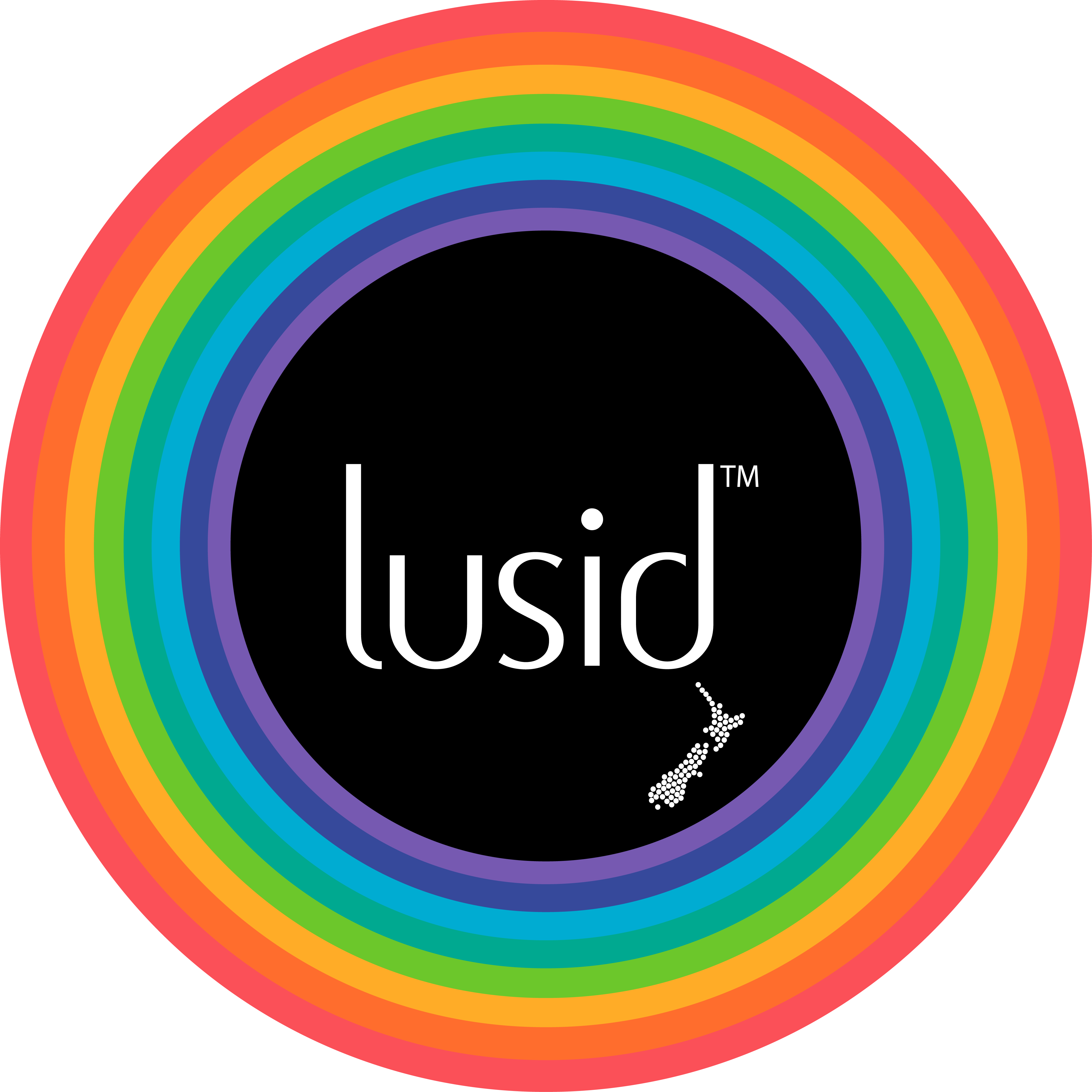Below are 5 simple suggestions you might find helpful when using a solid shampoo bar or conditioner bar. Since these are plastic free, the use and storage is very different from liquids.
1. Store them dry when you aren't using them:
A good shampoo bar is very different from a soap. Soap is made from a substance called lye, and the process for soap making ensures that the final product is rock hard. Shampoo bars might look like an ordinary soap bar, but lye is definitely not recommended for use on the hair, owing to its high PH. (Hair is slightly acidic(low PH), and messing with the PH will cause the hair to look dull, unhealthy and become brittle and damaged)
For this reason, shampoo and conditioner bars are a lot softer than soap bars and so are more susceptible to become mushy (or even mouldy) if they are stored in water or a damp environment.
The solution to this is simple! Make sure you store them dry. This can be as simple as a soap dish (that allows water to drain at the bottom)- and boom, problem solved. There are many examples of DIY storage solutions, a mesh container from the kitchen, or a standard soap dish will do the trick.
2. Cut them in half
Another way to ensure you get the most out of your bar is to cut it in half. Use one half first, and store the other half away (In the fridge if possible) for when you need it.
The reason for this is tied to the first point about moisture. The less water you expose your bar to, the longer it will last.
Storing half away and using it when you need it means it will be kept fresher for longer because it won't be exposed to the elements as much as leaving it whole.
3. Use beeswax wraps to store them for travel or when you aren't ready to use them
Following the advice in step 2, we recommend using beeswax wraps to store your unused portions. This is a great travel option, but is also a beautifully eco friendly alternative to using plastic wrap, a plastic container, or even a metal tin.
Beeswax wraps are so readily available and you are free of course to use any that you might have at your disposal. However, it would be wrong for me to not mention that we sell beeswax wraps to fit our shampoo and conditioner bars- And they're labelled as such, so there will be no mistaking them for anything else! You can find them here.
4. Rub stripes of shampoo on the scalp:
This one goes back to following the user instructions. But it also ensures that you don't use more product than you need to.
On shampoo day (which is about once a week for my curly thick hair) I make sure my hair is wet and flat (As flat as it goes) I then wet my shampoo bar and rub a stripe down the middle of my head, down either side (by the ears), one across (ear to crown) and one around the back at the occipital. I then put the bar away (in my bar holder) and begin to lather up using my fingers, adding a little water at a time if I need more of a lather. I try using more water to create the lather before adding extra product because I find (for my thick hair) 5 stripes at a time is plenty.
5. Apply conditioner bar straight to the mid lengths
Again, going back to the directions for using this product conditioner (If it is used at all) should be applied to the mid lengths and ends, and (for thicker, thirstier hair) worked into the roots using the fingers and hands, rather than the whole bar.
I do this in a similar way to the shampoo. I apply a wet bar to my wet hair, this time rubbing the bar into my mid lengths, much like trying to work a lather on to a cloth using a soap bar. When I have deposited enough product, I put the bar away, and begin working the product down into the roots (Sometimes gently with a wide tooth comb), and then massaging some into the scalp. If your hair is super thin, you may not want conditioner on your scalp, especially if you tend to get greasy quite easily. The idea here is just to show that you should use your hands to distribute the product rather than using more product than you need.
I hope that you enjoyed reading this, and that you found it helpful. I know adjusting to plastic free beauty is sometimes challenging, but you are doing the right thing. I want to take this moment to commend you for your contribution to the earth and your effort to looking after our home.
Please let me know, I would love to hear from you.
Much love,
Tash


